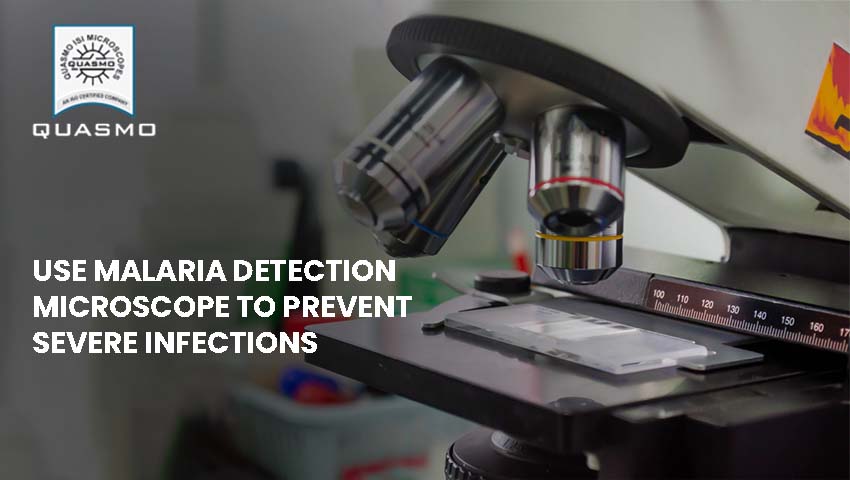
The advancement in various aspects, especially the laboratory equipment industries, has brought good perks to the human community. The equipment is crucial in laboratories to perform research for different requirements and arrive at accurate results. It involves extensive hard work with sufficient knowledge of necessary subjects in the scientific world.
The usage of the best equipment has more to offer because it eases the entire process and provides preciseness and quality research. In the medical industry, the inevitable equipment is the microscope, where finding diseases in the blood samples is the primary task.
Here, the role of microscopes such as the malaria detection microscope is beneficial. The biological necessities of using a microscope are many and here are as follows.
Study The Cell Structures
It is crucial to conduct studies on the cells that make up the human body and other living organisms. The cell structure varies for plants, animals and humans, which has to be figured out appropriately. The inevitability of using a microscope in this case eases the task of every biological scientist in viewing the cells through magnification.
There will be myriad elements that construct a cell in every organism, which demands zooming in to perform research. Knowing the features present in a cell can help understand its functionality and significance in the body. Finding out why every cell component is significant could lead to discovering new things in the biological sector.
There are microscopes such as fluorescence microscopes, light microscopes and electron microscopes, among which scientists can choose a suitable one. Manufacturing companies like Quasmo Indian Microscope focus on offering the best quality for their clients who require microscopes and manufacturing great microscopes.
Prevent Severe Illness
People encounter diseases due to various factors, which could be traumatizing in this fast-paced world. Getting treatments for the infections at a later stage might not be helpful and hence identifying them early, is the ideal solution. For this reason, employing the best microscope manufacturer is the right decision.
Their microscopes will help find the infection-causing organisms in the blood and get rid of them effectively. Lab technicians would need this equipment to perform the diagnosis appropriately. The power of microscopes can be seen evidently in this regard, with which achieving better treatments for patients is possible.
Why choose a reliable microscope manufacturer?
Microscope manufacturers have the best idea to accomplish the production task using effective machinery. Usually, the manufacturing units have all the set-up already, which eases the production process to top levels. Hospitals, laboratories in educational institutions and research centers will find the equipment quality helpful. The necessity for a microscope in the medical and research sector is indispensable for the mentioned reasons.
Buying them from a reputable and highly trust able manufacturing organization is a requirement for all clients. Technology is serving the best in all sectors of this world and seems to have drastic growth every day. Never forget to equip your lab with a high-end microscope for research purposes and if you own a hospital, ensure to arrive at the right microscope choice and benefit the most.

